When learning Korean, the first real challenge isn’t grammar or vocabulary.
It’s realizing that the way you end a sentence can completely change how people see you.
Korean has two major speaking styles: banmal (informal speech) and jondaetmal (formal/polite speech).
At a glance, they might seem like small differences—just a few syllables at the end of a sentence.
But in Korean culture, those syllables signal respect, closeness, and even social status.
- “Annyeong” vs. “Annyeonghaseyo” – A Small Difference with a Big Impact
- What Exactly Is the Difference Between Banmal and Jondaetmal?
- “Why Should I Speak Formally If I Don’t Mean It?”
- In Korean Culture, Speech Style = Social Positioning
- Real-Life Situations: How Speech Style Affects Daily Interactions
- If You Want to Sound Fluent, Focus on Speech Style
- Is It Bad to Use Banmal?
- In the End, a Verb Ending Can Change Everything
- Coming Up Next
“Annyeong” vs. “Annyeonghaseyo” – A Small Difference with a Big Impact
In Korea, you never greet someone new by saying “Annyeong.”
Even if you’re the same age or look like peers, it’s expected that you use jondaetmal—the formal version.
The informal “Annyeong” is reserved for close friends, younger people, or children.
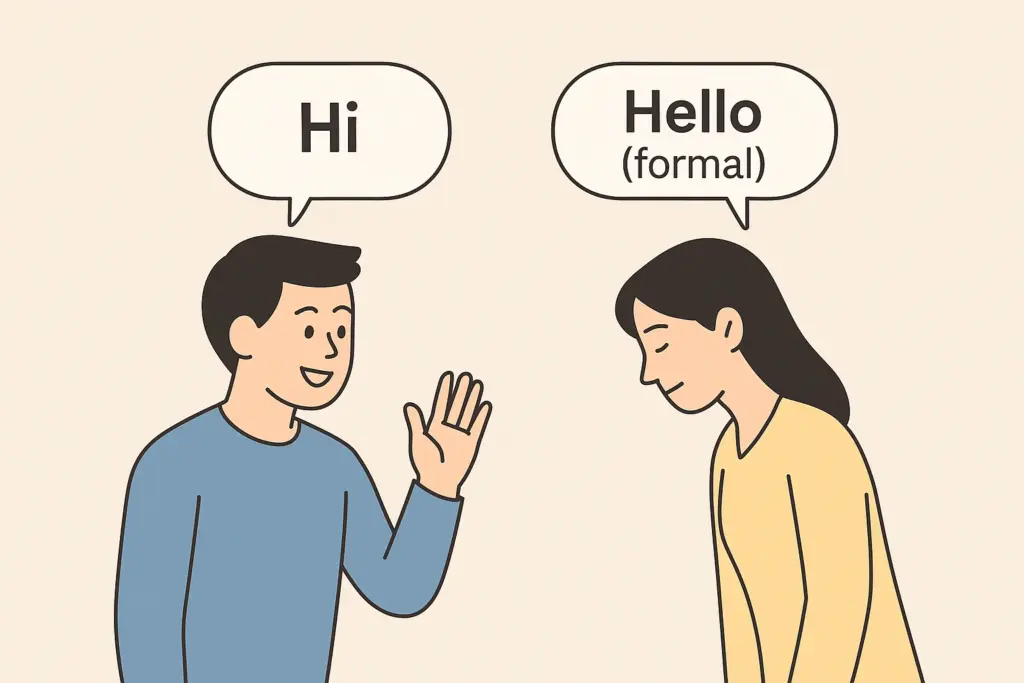
This isn’t just a matter of politeness.
Your speech level sets the tone for the entire relationship.
Think of it this way:
If you walk into a room and say “Hi” to your boss instead of “Hello, how are you?”,
the difference might seem small, but the impression it gives is huge.
What Exactly Is the Difference Between Banmal and Jondaetmal?
There are two core differences:
- The verb endings
- Word choices (e.g., ‘name’ vs. ‘honorific name’)
Let’s take the verb “to go” (가다):
- Banmal: “Ga” / “Gasseo” / “Gal geoya”
- Jondaetmal: “Gayo” / “Gass-eoyo” / “Gashil geoyeyo”
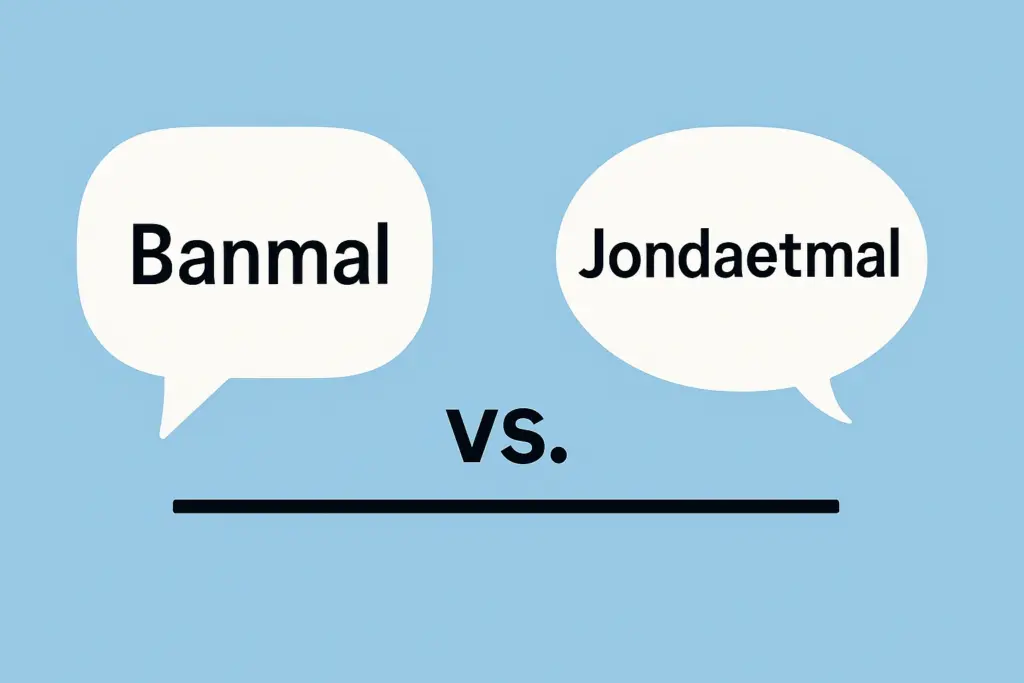
The root verb doesn’t change, but the ending does—and that changes everything.
Banmal is short, direct, and casual.
Jondaetmal is soft, respectful, and acknowledges the listener’s status.
“Why Should I Speak Formally If I Don’t Mean It?”
A fair question.
Many foreign learners wonder:
“Isn’t communication about getting the message across? Why complicate it with layers of formality?”
But in Korea, how you say something matters as much as what you say—sometimes even more.
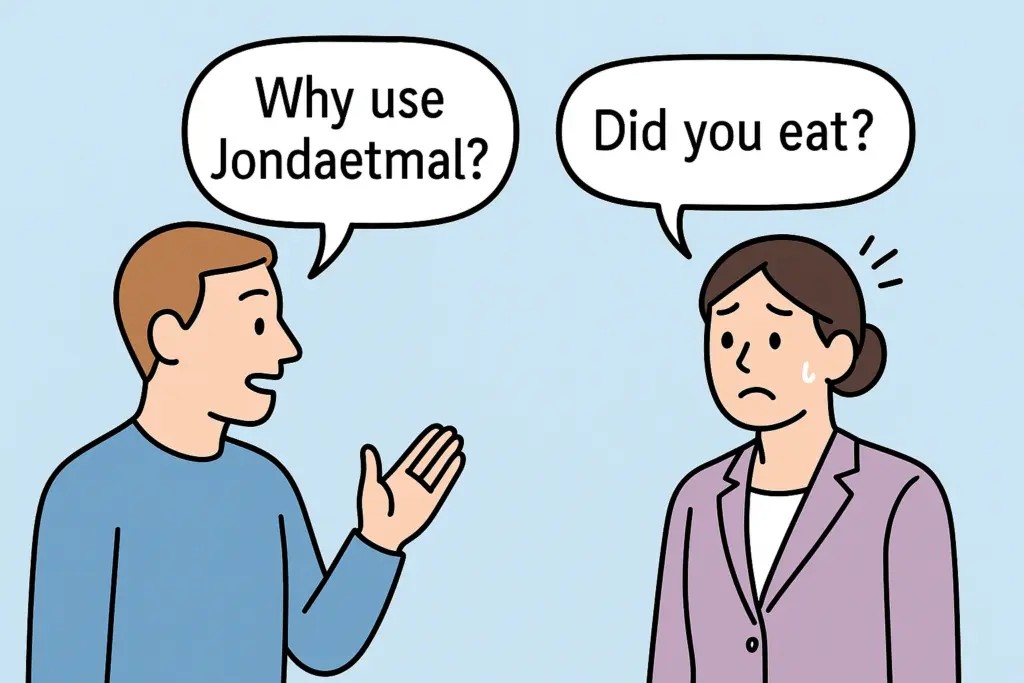
Language here isn’t just about transmitting information.
It’s a reflection of how you view your relationship with the other person.
Using banmal without permission can feel intimate, rude, or even hostile, depending on the context.
In Korean Culture, Speech Style = Social Positioning
In English, we often rely on tone or body language to convey politeness.
In Korean, speech level is built into the grammar itself.
- You meet someone → use jondaetmal
- You grow close → ask permission to use banmal
- You don’t ask → you risk sounding arrogant
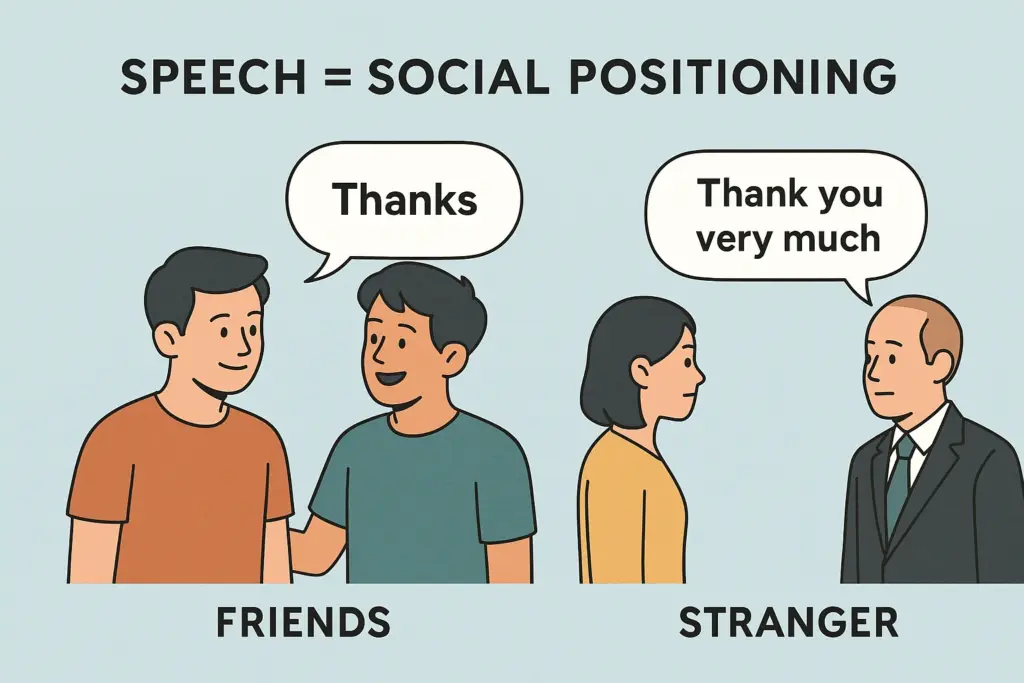
It’s common in Korean to say:
“Can we speak more comfortably?”
“Would it be okay if I use informal speech?”
This is not just being polite—it’s a kind of social contract.
If you skip this and use banmal too early, it can come across as entitled or disrespectful.
Real-Life Situations: How Speech Style Affects Daily Interactions
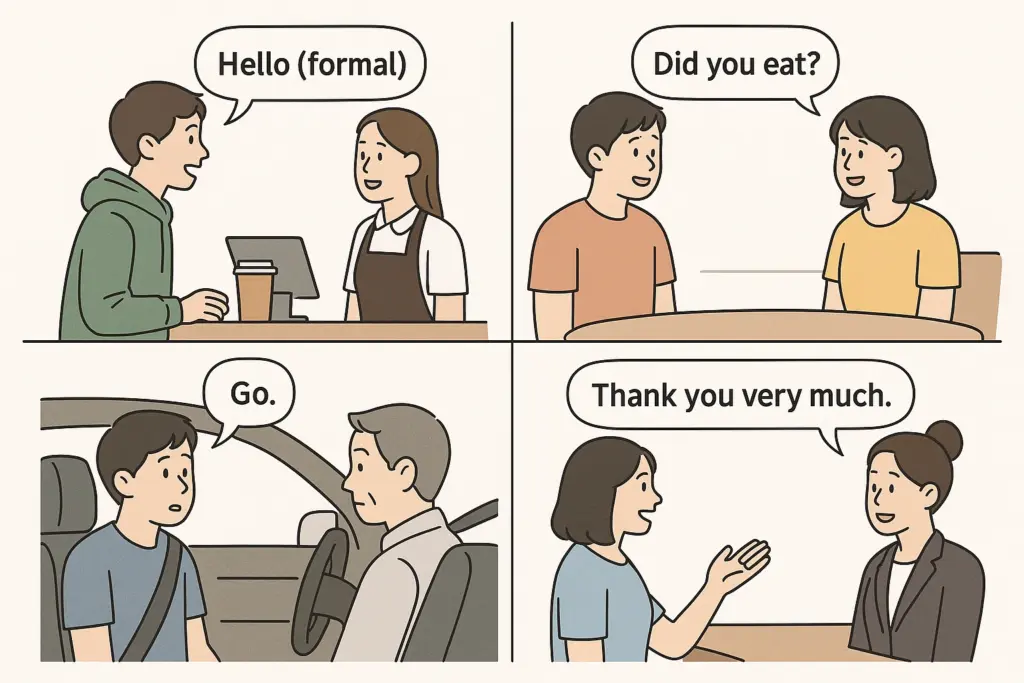
Ordering at a cafe
- ❌ “Americano hana jwo.” (“Give me one Americano.” – banmal)
- ✅ “Americano han jan juseyo.” (“Please give me one Americano.” – jondaetmal)
You’re not being mean with the first sentence,
but it sounds like a command to someone you’ve never met.
In a service setting, that can come across as rude.
Asking for prices at a store
- ❌ “Igeo eolmaya?” (“How much is this?” – banmal)
- ✅ “Igeo eolma-inga-yo?” (“How much is this?” – jondaetmal)
A small change in ending, but the response from the staff will likely feel totally different.
Talking to a friend vs. a stranger
- Banmal: “Bab meogeosseo?” (“Did you eat?” – casual)
- Jondaetmal: “Siksa hasyeosseoyo?” (“Have you eaten?” – formal)
The literal meaning is the same.
But one feels like chatting with a buddy,
while the other feels like checking in with a respected colleague or guest.
Taking a taxi
- ❌ “Hongdae ga.” (“Go to Hongdae.” – banmal)
- ✅ “Hongdae-ro ga juseyo.” (“Please go to Hongdae.” – jondaetmal)
Again, you’re not being impolite on purpose—but the difference can create tension.
Taxi drivers are service providers, and using jondaetmal shows mutual respect.
If You Want to Sound Fluent, Focus on Speech Style
Memorizing grammar and vocabulary will help you pass tests.
But if you want Koreans to feel comfortable speaking with you,
what really matters is how you say things.
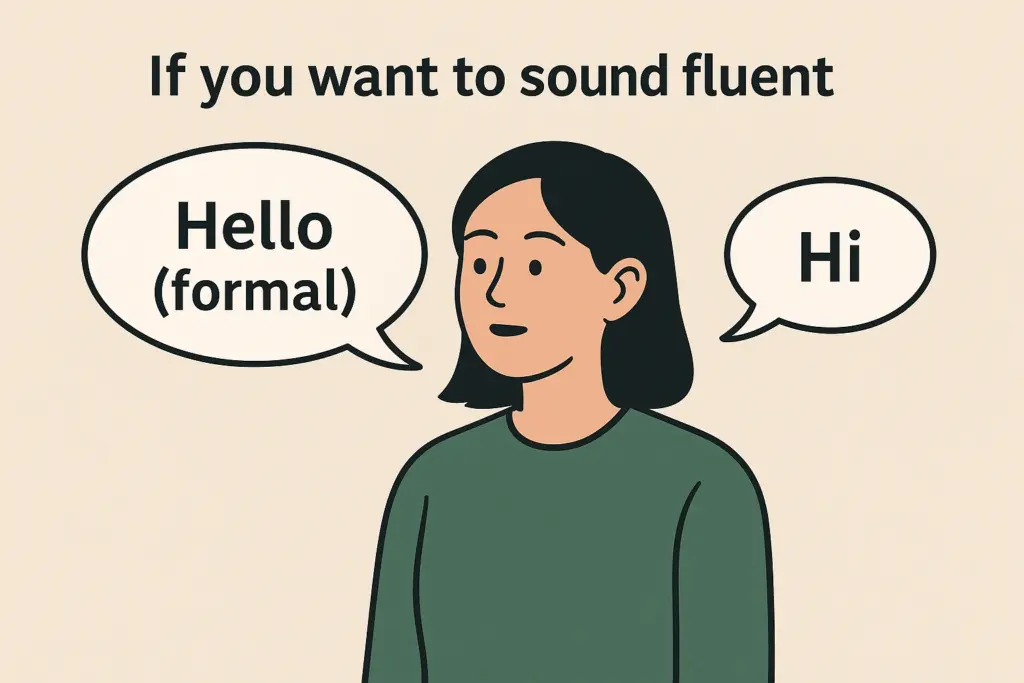
Many fluent learners say that the moment they started paying attention to speech level,
their relationships with Koreans immediately improved.
Is It Bad to Use Banmal?
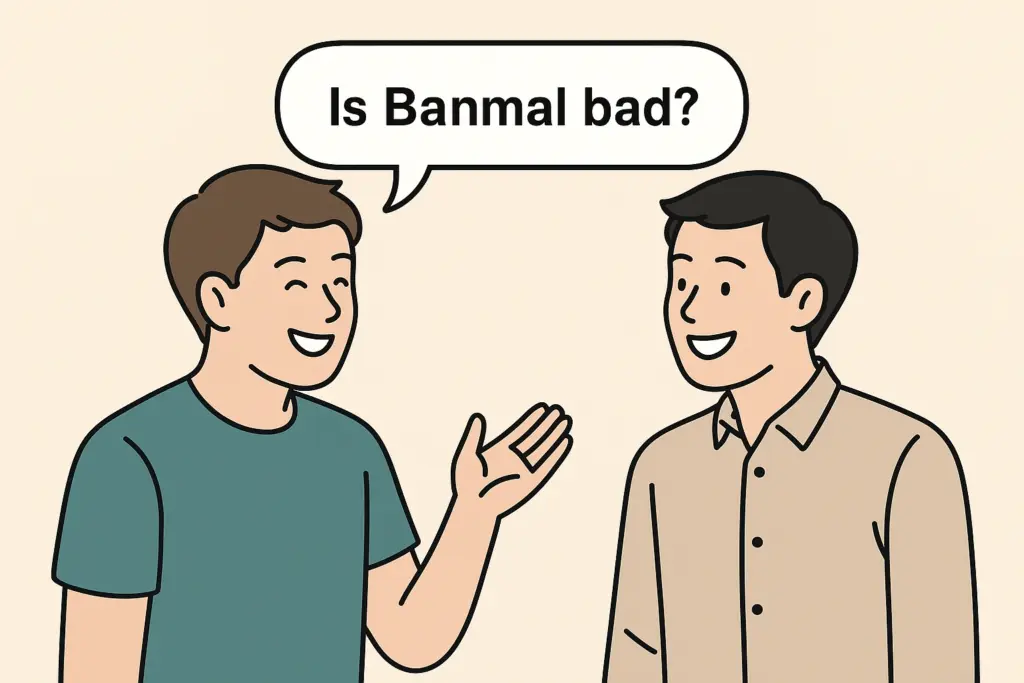
Not at all.
In fact, being invited to use banmal can be a sign that you’re being accepted as a friend.
But the key word is “invited.”
It’s rare for someone to start a relationship in Korea using banmal unless you’re peers and both agree to it.
Common expressions when making the switch:
“Can we drop the honorifics?”
“You can speak casually to me.”
“Let’s talk more comfortably.”
These phrases signal that you’re entering a more relaxed, close relationship—and both people agree on it.
In the End, a Verb Ending Can Change Everything
Korean is more than a language—it’s a way of relating to people.
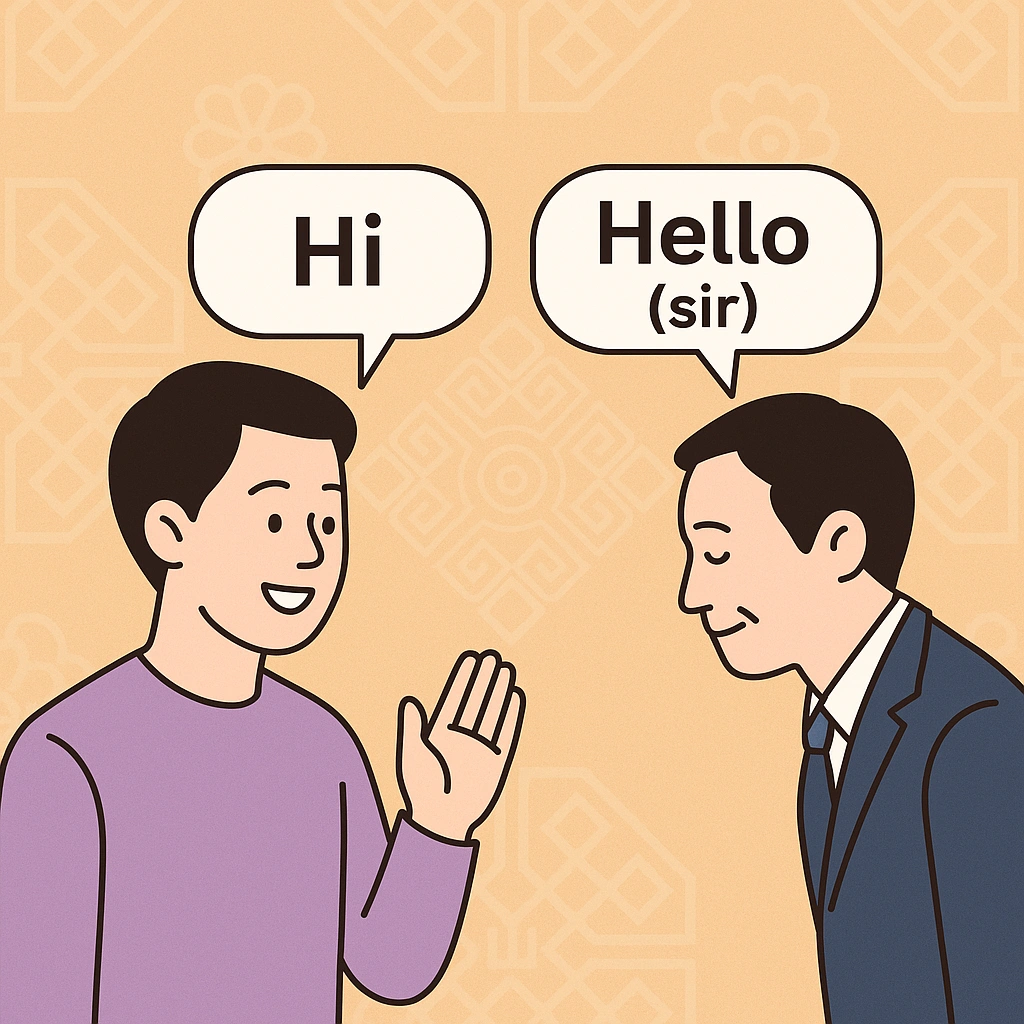
Knowing the difference between banmal and jondaetmal
means you understand not just how to speak,
but how to listen, how to respond, and how to be part of the culture.
A sentence ending may be short,
but its impact on how you're remembered is lasting.
Coming Up Next
“Did you eat?” is not just a question.
In our next post, we’ll explore how simple phrases in Korean carry emotional and cultural meaning.
